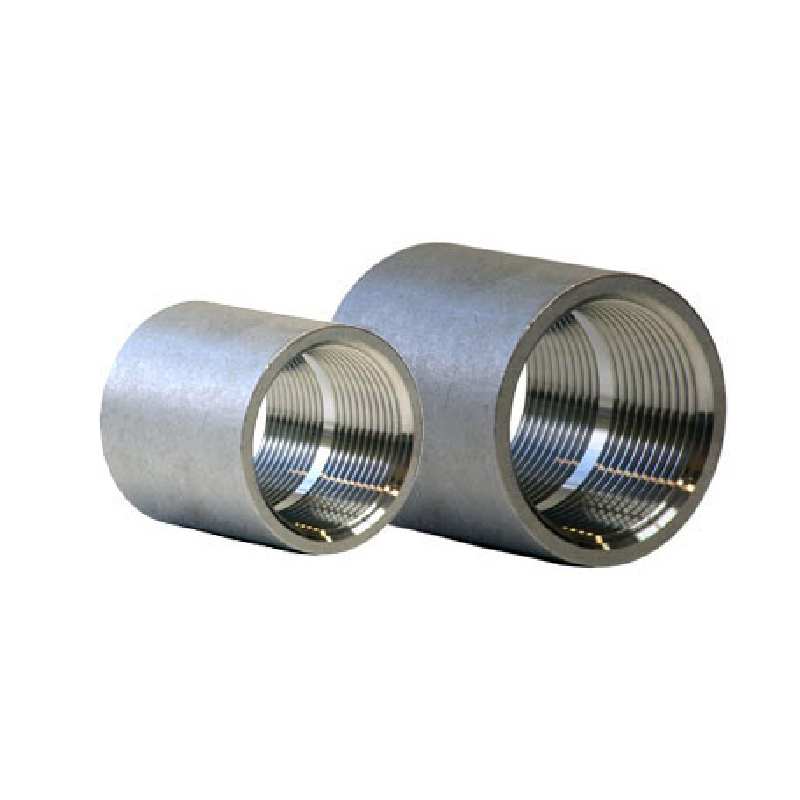-
Cangzhou Yulong Steel Co., Ltd.
-
Phone:
+86 13303177267 -
Email:
admin@ylsteelfittings.com
- English
- Arabic
- Italian
- Spanish
- Portuguese
- German
- kazakh
- Persian
- Greek
- French
- Russian
- Polish
- Thai
- Indonesian
- Vietnamese
- Zulu
- Korean
- Uzbek
- Hindi
- Serbian
- Malay
- Ukrainian
- Gujarati
- Haitian Creole
- hausa
- hawaiian
- Hebrew
- Miao
- Hungarian
- Icelandic
- igbo
- irish
- Japanese
- Javanese
- Kannada
- Khmer
- Rwandese
- Afrikaans
- Albanian
- Amharic
- Armenian
- Azerbaijani
- Basque
- Belarusian
- Bengali
- Bosnian
- Bulgarian
- Catalan
- Cebuano
- China
- China (Taiwan)
- Corsican
- Croatian
- Czech
- Danish
- Esperanto
- Estonian
- Finnish
- Frisian
- Galician
- Georgian
- Kurdish
- Kyrgyz
- Lao
- Latin
- Latvian
- Lithuanian
- Luxembourgish
- Macedonian
- Malgashi
- Malayalam
- Maltese
- Maori
- Marathi
- Mongolian
- Myanmar
- Nepali
- Norwegian
- Norwegian
- Occitan
- Pashto
- Dutch
- Punjabi
- Romanian
- Samoan
- Scottish Gaelic
- Sesotho
- Shona
- Sindhi
- Sinhala
- Slovak
- Slovenian
- Somali
- Sundanese
- Swahili
- Swedish
- Tagalog
- Tajik
- Tamil
- Tatar
- Telugu
- Turkish
- Turkmen
- Urdu
- Uighur
- Welsh
- Bantu
- Yiddish
- Yoruba

Dec . 10, 2024 05:49 Back to list
pipe flange plate
Understanding Pipe Flange Plates Their Importance and Applications
Pipe flange plates are essential components in piping systems across various industries, playing a crucial role in connecting pipes, valves, pumps, and other equipment. These fittings allow for a secure and tight seal, preventing leaks and ensuring the efficient transfer of fluids and gases. In this article, we will explore the significance of pipe flange plates, their design, types, and applications.
What is a Pipe Flange Plate?
A pipe flange plate, often simply referred to as a flange, is a protruding rim that is used to join two sections of pipe or pipe fittings together. Flanges can be found at the ends of pipes, valves, and other equipment in various industrial setups. They serve as a connection point for bolting and are crucial for the integrity of the piping system. Flanges are manufactured from a variety of materials, including stainless steel, carbon steel, and plastic, based on the application requirements.
Importance of Pipe Flange Plates
1. Sealing and Pressure Retention One of the primary functions of flange plates is to create a reliable seal between the joined components. This is critical in high-pressure applications, where any leak could result in hazardous situations, financial loss, and downtime. Flange gaskets and bolts work together with the flange plates to ensure leak-proof connections.
2. Ease of Assembly and Disassembly Flanges simplify the installation and maintenance of piping systems. They allow for easy access to components for repairs or replacements without needing to dismantle the entire system. This feature is particularly beneficial in plants where equipment needs regular servicing.
3. Versatility Flange plates come in various designs and sizes, making them adaptable to a wide range of applications. Different types of flange plates accommodate different operational requirements, enabling customization of piping setups.
4. Alignment and Support Flange plates aid in the proper alignment of pipes. They provide structural support, ensuring that pipes maintain their intended path and orientation, which is critical for system efficiency.
Types of Pipe Flange Plates
Several types of pipe flange plates are used in the industry, each designed for specific applications and requirements. Some common types include
- Slip-On Flanges These flanges slide over the pipe's end and are welded in place. They are easy to align and are used in low-pressure applications.
- Welding Neck Flanges These flanges have a long tapered hub that is welded to the pipe. They are ideal for high-pressure applications and help distribute stress.
pipe flange plate

- Blind Flanges Used to close the end of a piping system, blind flanges are essential when a temporary seal is required
.- Socket Weld Flanges These flanges are inserted into the socket end of the pipe and are welded, providing strong connections for small-diameter pipes.
- Lap Joint Flanges Used with a stub end for applications requiring frequent dismantling, lap joint flanges are typically used in low-pressure systems.
Applications of Pipe Flange Plates
Pipe flange plates are widely utilized in various industries, including but not limited to
- Oil and Gas In pipelines transporting crude oil and natural gas, flange plates ensure leak-proof connections while withstanding high pressures associated with these materials.
- Chemical Processing Chemical plants rely on flanges for the safe transport of hazardous chemicals, requiring specialized materials and designs to prevent corrosion and leaks.
- Water Treatment Flanges are common in water treatment facilities, allowing for the easy maintenance of pumps and valves in the piping systems.
- Power Generation In power plants, flanges are used to connect various components in steam and cooling systems, ensuring efficient operation.
- HVAC Systems Flanges play a vital role in heating, ventilation, and air conditioning systems, connecting ductwork and various equipment.
Conclusion
Pipe flange plates are indispensable in numerous industrial applications, ensuring secure connections and maintaining the integrity of piping systems. Their versatility, ease of use, and ability to withstand extreme conditions make them a preferred choice in many engineering applications. Understanding the importance and varieties of pipe flange plates can aid in selecting the right components for specific projects, ultimately contributing to safer and more efficient operations.
Latest news
-
ANSI 150P SS304 SO FLANGE
NewsFeb.14,2025
-
ASTM A333GR6 STEEL PIPE
NewsJan.20,2025
-
ANSI B16.5 WELDING NECK FLANGE
NewsJan.15,2026
-
ANSI B16.5 SLIP-ON FLANGE
NewsApr.19,2024
-
SABS 1123 FLANGE
NewsJan.15,2025
-
DIN86044 PLATE FLANGE
NewsApr.19,2024
-
DIN2527 BLIND FLANGE
NewsApr.12,2024
-
JIS B2311 Butt-Welding Fittings LR/SR 45°/90° /180°Seamless/Weld
NewsApr.23,2024











